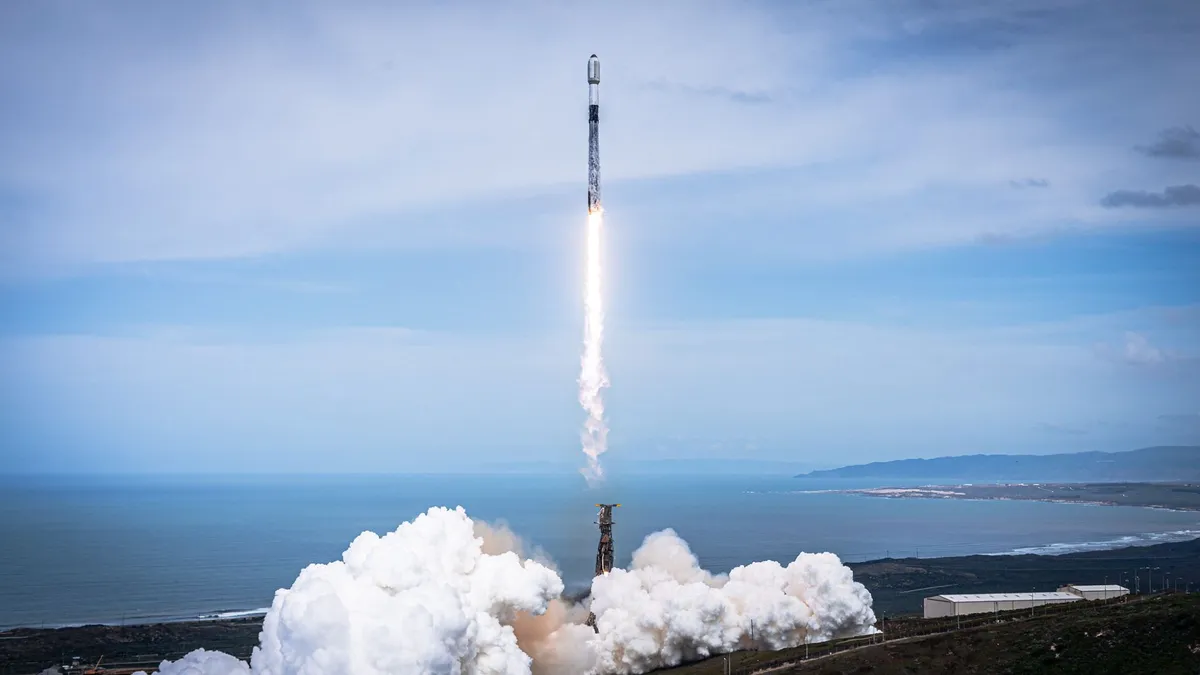
SpaceX is set to achieve a significant milestone today, October 18, with a live launch event that enthusiasts and followers can tune into. A Falcon 9 rocket is scheduled to carry 28 of SpaceX's Starlink internet satellites from California's Vandenberg Space Force Base. The launch window opens at 7:46 p.m. EDT (23:46 GMT; 4:46 p.m. local California time), making this an exciting moment for the company and its customers alike.
As of today, SpaceX has successfully launched a total of 9,988 Starlink satellites, according to renowned astrophysicist and satellite tracker Jonathan McDowell. This upcoming launch will mark the moment when the number of Starlink satellites surpassed the remarkable threshold of 10,000. Viewers can watch the launch live via the SpaceX website or its official account on X (formerly Twitter).
SpaceX initiated its journey into the world of satellite technology by launching its first two Starlink prototypes into low Earth orbit (LEO) back in February 2018. The company began constructing its megaconstellation in earnest just 15 months later, marking the start of a revolutionary project aimed at providing global internet coverage.
The first public beta test for Starlink service was launched in October 2020, followed by a commercial rollout in 2021. Today, Starlink serves millions of customers worldwide, showcasing the significant impact of SpaceX's innovations in satellite technology.
Recently, SpaceX has ramped up its launch frequency to extraordinary levels, completing an impressive 89 Starlink missions in 2024 alone. This year, they have already surpassed that number, demonstrating their commitment to expanding internet access globally. Future plans are ambitious, with SpaceX already receiving permission to deploy 12,000 Starlink satellites, and projections suggest that the megaconstellation could eventually comprise over 30,000 spacecraft.
Of the 9,988 Starlink satellites launched to date, approximately 8,610 remain operational. The remaining satellites have been deorbited, safely guided to burn up in Earth's atmosphere. Each Starlink satellite has an operational lifespan of about five years, contributing to ongoing advancements in satellite technology.
If all goes according to plan, the Falcon 9's first stage will return to Earth after launch, landing in the Pacific Ocean on the SpaceX drone ship named Of Course I Still Love You approximately 8.5 minutes post-liftoff. This launch will mark the 11th mission for this specific booster, designated as 1088. Meanwhile, the rocket's upper stage will continue its journey, delivering the 28 Starlink satellites to LEO, where they are expected to be deployed about 60 minutes after launch.
As SpaceX continues to innovate and push the boundaries of space technology, today's launch not only signifies a number but also the future of global connectivity through satellite internet.